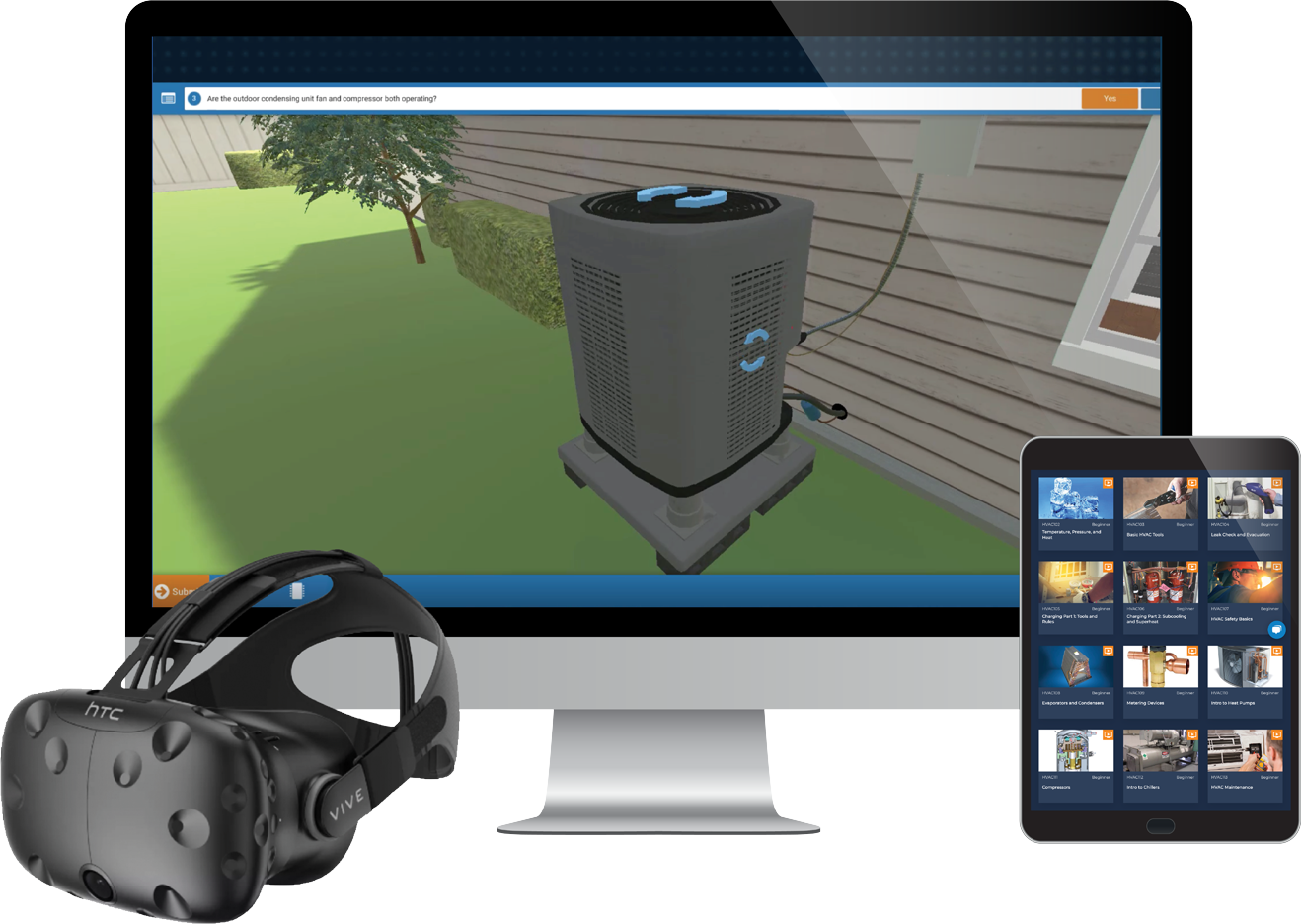


Using a digital twin for simulation purposes will:ĭetermine how one changed component will affect the entire systemĭiscover answers to unforeseen issues before they ariseĭefine and scale the HVAC system to the need and location Advancements will require the use of simulation software to match the appropriate system to a particular set of requirements and account for any costly, unforeseen errors. HVAC simulation software reduces climate-changing CO2 emissionsĪs the need for renewable energy sources increase, new technologies and processes will concurrently need to evolve using competitive, business savvy methods. Understanding a problem is the first step to fixing it, and simulation is a vital tool for effectively slowing and/or stopping HVAC-related climate change while also remaining competitive.ĭownload this white paper and learn how simulation minimizes the number of required physical prototypes, expedites development, and cuts costs.

How can those in the HVAC industry slow the cycle down while still accounting for cost, quality, and time?

Air conditioning generates extra CO2, increasing global warming, which increases consumer demand for more air-conditioned environments. Its usage, however, is an environmentally destructive cycle. Kelly, HVACSIM + Building Systems and Equipment Simulation Program Building Loads Calculation, NBSIR 86-3331, NIST, requires an enormous amount of energy to maintain the comfort of our human-built habitats. May, HVACSIM + Building Systems and Equipment Simulation Program Users Guide, NBSIR 85-3243, NIST, Sept.1985. Clark, D.R., HVACSIM + Building Systems and Equipment Simulation Program Reference Manual, NBSIR 84-2996, NIST, Jan.Kelly, An Overview of HVACSIM +, A Dynamic Building/HVAC/Control Systems Simulation Program, Proceedings of the 1st Annual Building Energy Simulation Conf., Seattle, WA, August 21-22, 1985. Galler, M.A., Users Guide to the HVACSIM+ Configuration Tool, NIST TN 2110, NIST, September 2020.Since the first distribution of the program to the public, a number of modifications have been made including the addition of the component models developed for the American Society of Heating, Refrigerating and Air-Conditioning Engineers (ASHRAE) 825 project. Since then, the HVACSIM+ computer program package and manuals have been distributed to researchers, students, and consultants in more than 40 countries around the world. The first version of HVACSIM+, which stands for “HVAC SIMulation PLUS other systems”, was introduced by National Institute of Standards and Technology (NIST) in 1985 as a computer simulation tool to simulate entire building systems.


 0 kommentar(er)
0 kommentar(er)
